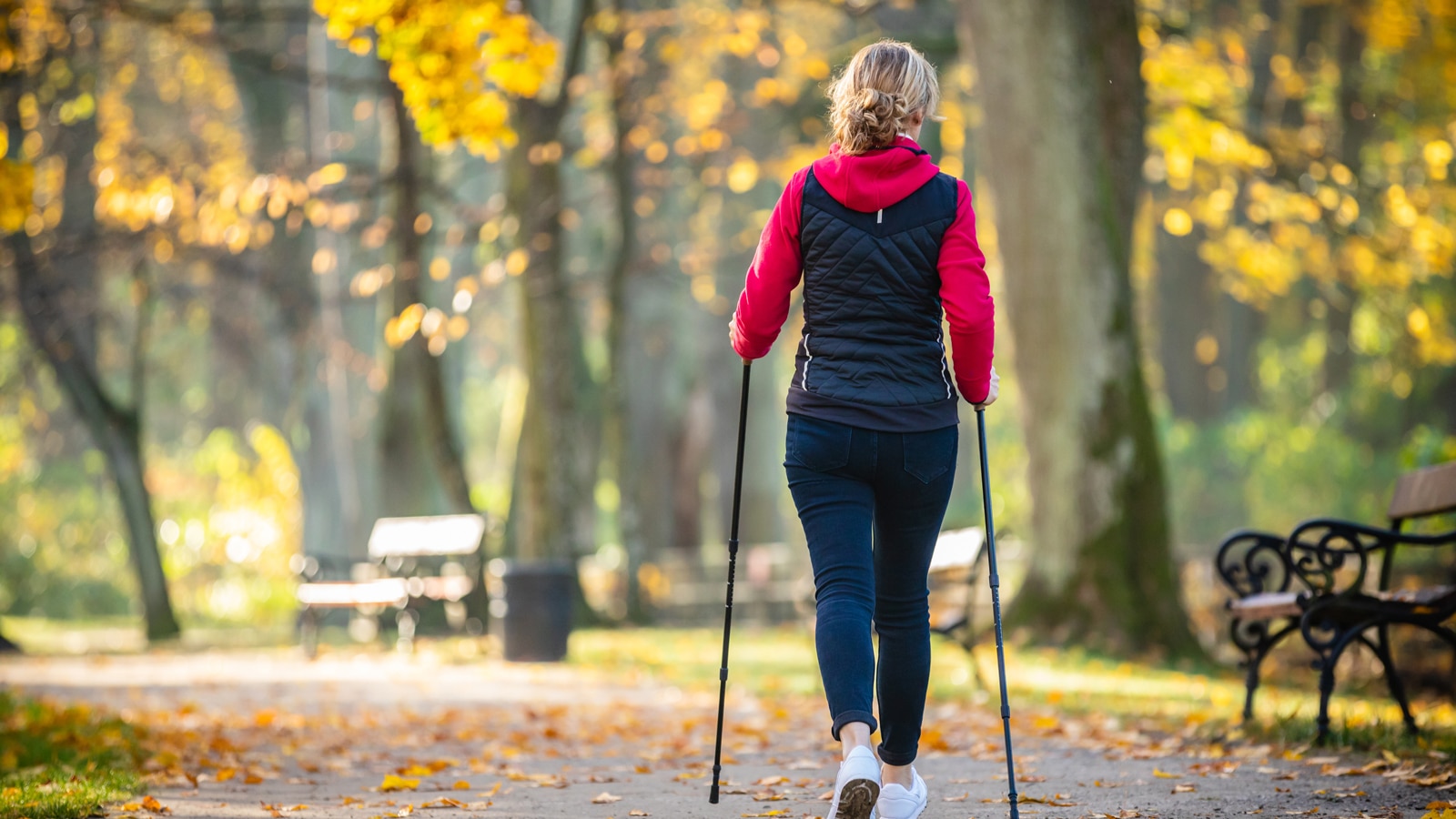How Many Calories Do You Burn Walking Uphill?
Find it tough walking in the hills? Most people do! And surely you must be burning more calories than if you’re walking on the flat. But how many calories do you burn walking uphill?
Calorie burn depends on many factors such as body weight, fitness level, and exercise intensity. Compared with walking on flat ground, the number of calories you burn will be higher – intensity is greater when you walk uphill or set the treadmill to a steep incline.

Calories Burned Walking Uphill
Most calorie burn calculators are based on researched values of the metabolic equivalent of task (MET) from the Compendium of Physical Activities or applying the American College of Sports Medicine Walking Equation.
Both have their limitations especially when you’re trying to estimate calories walking uphill where the incline can vary considerably.
Calories burned walking are based on MET values for the average person and show:
- Walking uphill at 2.9 to 3.5 mph at 1 to 5% grade burns up to 50% more calories than walking on a flat surface.
- Walking uphill at 2.9 to 3.5 mph at 6 to 15% grade burns up to 128% more calories than walking on a flat surface.
Walking Speed
Your pace will make a difference. The faster you walk, the greater your energy expenditure and the more calories burned. A brisk walk burns more calories than walking at a moderate pace. If you can maintain the same pace on an incline as you can manage on the flat, you will burn more calories.
Of course, most people find it hard to keep going at the same speed when they hit the hill. I know I certainly do!
But if burning calories is important for weight loss, try and keep up a brisk pace.

Burn More Calories Incline Walking
Walking up hills is a great way to burn calories. As you get fitter, try and walk up steeper hills or adjust the incline on the treadmill.
In the gym, you can accurately set the incline. Start at a 1% percentage grade and increase in small increments until your pace starts to slow.
Hiking outdoors or walking up steep streets in urban areas, the inclines will vary. Find a hill where you can keep up a good pace all the way to the top!
Fitness apps or a fitness tracker are a good way to measure calories burned when you’re hiking outdoors. For example, Strava indicates total calories based on distance, pace, and elevation.

Calories Burned Walking Downhill
When you’re hiking outside, you need to master downhill walking. It doesn’t make a big difference to your calorie burn – you’ll burn less calories than walking on the flat, but the difference based on MET research is just 5 to 10%
Walking downhill can be hard work on steep terrain – often harder on your leg muscles than going up.
You can use walking poles. They take some weight off your legs and have the big plus of working your upper body.
Health Benefits Of Walking
Exercising combined with a healthy diet is the most effective way to hit your weight loss goals. Walking will boost your heart rate, lower your risk of heart disease and improve your mental health. It’s regular walking that makes a difference. Aim to walk at least 3 to 5 days a week. Every day is even better!
Related post: Walking For Weight Loss Plan
Walking Workouts
To get the best out of your walking routine, vary your workouts and make them challenging. Pick a hilly route or try walking at a faster pace.
If you only have a small amount of time, try power walking on hilly terrain. You can burn almost three times the amount of calories per mile compared with a moderate walk on a level surface. It’s a good way to burn off that excess belly fat!
Remember, an intense workout burns extra calories per minute.
Related post: How To Get Results: Walking For Weight Loss

How To Walk Uphill
This uphill walking technique will help you maintain your pace to the top of the incline.
- Concentrate on good posture – don’t bend over excessively, it’s just going to hurt your back. Try and keep upright with your weight over your hips, leaning at a slight angle.
- Take short quick steps. Increasing your cadence, (the number of steps per minute), and shortening your stride, will make incline walking much easier.
- It’s a waste of energy to raise your knees too high and take big high steps. If you’re walking on a trail pick your line to go around obstacles instead of over them.
How To Walk Downhill
Living surrounded by hills in the English Lake District, I often come across hikers frozen on steep descents. Rocky terrain, loose scree, and muddy surfaces can be intimidating when you’re a beginner hiker.
These are my best tips for descending a trail:
- Don’t look at your feet. Try and look 9 to 20 feet ahead. It gives your brain time to adjust to the terrain and pick where to place your feet.
- Breathe. It may look scary but freaking out won’t help. Control your breathing and let your head clear. You’ll find it easier to balance.
- Avoid leaning back. Lean slightly forward and don’t lock out your knees. They should be slightly bent at all times.
- Control your pace. Too fast and you’ll struggle if you hit a difficult obstacle in the path and pounding down slopes increases your risk of injury.
Allow just as much time to walk downhill.
Related post: How long does it take to hike 5 miles?

Walking up hills is one of the easiest ways to vary the intensity of walking for weight loss. Try increasing the incline on your treadmill workout or find a steep hill for your walks.
Related post: How to start a walking program for beginners.





